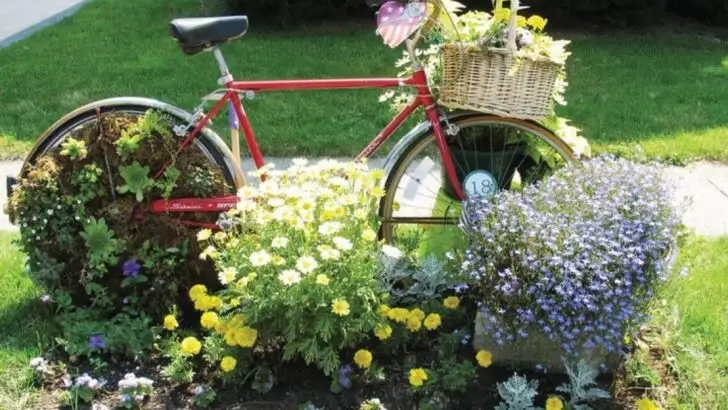Your garden should be more than just an outdoor space—it should be a private retreat where you can unwind, recharge, and escape from the outside world. Whether you want to block out nosy neighbors, reduce street noise, or simply create a peaceful oasis, thoughtful garden design can turn your backyard into a secluded sanctuary.
By incorporating the right plants, structures, and layout, you can achieve a balance of privacy and relaxation, making your garden a true haven of tranquility. From lush greenery that acts as a natural screen to cozy seating areas that invite calm, the right design elements can make all the difference.
In this article, we’ll share 15 expert tips to help you create the ultimate garden for privacy and relaxation, transforming your outdoor space into a serene escape you’ll never want to leave.
Strategic Planting
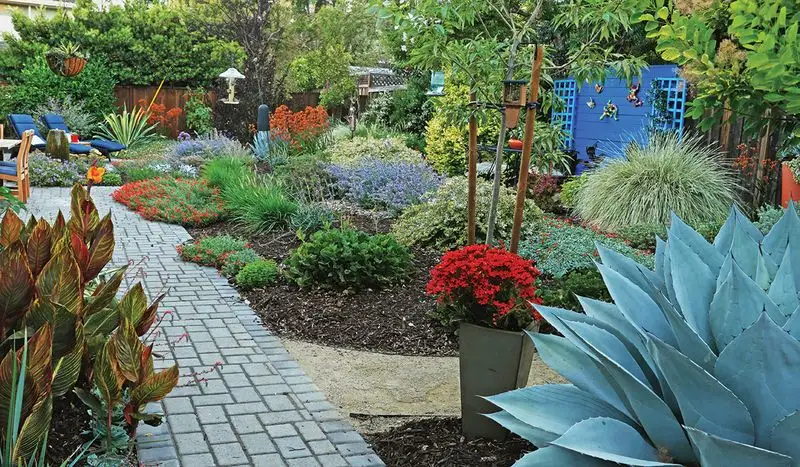
Planting strategically can ensure privacy without compromising aesthetics. Consider using tall, dense hedges like arborvitae or bamboo to create a natural barrier. Mixing evergreen plants with flowering shrubs can add color and texture. Varying heights and types make your garden visually interesting while providing seclusion. It’s not just about height; consider the density and growth rate as well. Fast-growing options like privet can offer quick results. Be mindful of the sun and shade requirements of each plant to ensure they flourish together in harmony.
Water Features
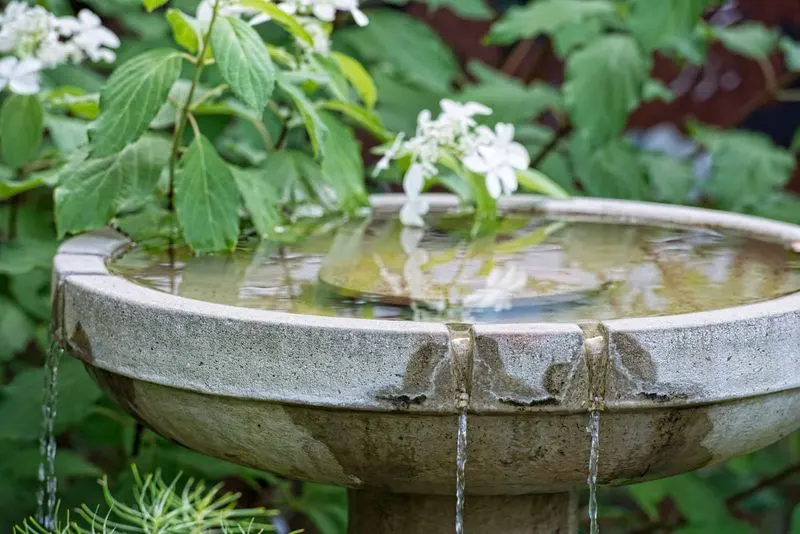
Incorporating water features can enhance the peacefulness of your garden while masking unwanted noise. The gentle sound of a fountain or waterfall provides a calming background, helping to create a serene environment. A small pond with aquatic plants adds diversity and attracts wildlife. Maintaining water features requires some effort, but the tranquility they bring is worthwhile. Choose features that suit the garden’s scale and your maintenance capabilities. The reflection of light on water can also add an enchanting visual element to your outdoor space.
Outdoor Seating

Comfortable seating is essential for enjoying your garden oasis. Opt for weather-resistant materials like teak or resin for durability. Position seating to take advantage of the best views and consider adding cushions for extra comfort. It’s important to have both shaded and sunny spots to suit different weather conditions. Integrating built-in seating with planters can save space and add a unique touch. Consider the arrangement to encourage conversation or quiet reflection, depending on your garden’s purpose.
Vertical Gardens
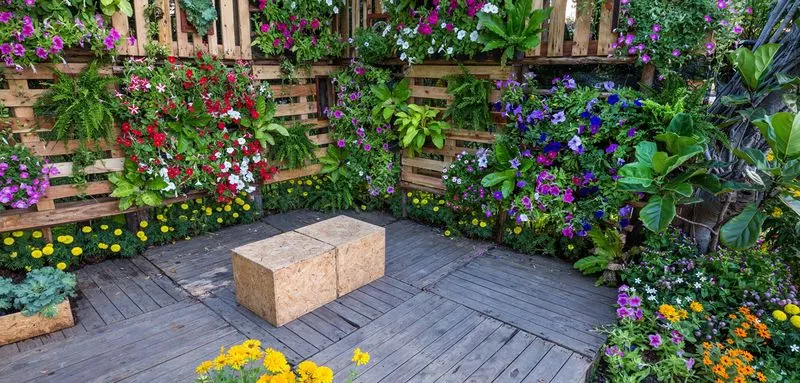
Vertical gardens offer a creative solution for those with limited space. By growing plants on walls or fences, you can maximize greenery without sacrificing ground area. They are perfect for herbs, small flowers, and even vegetables. Vertical gardens can also serve as living walls, providing privacy and noise reduction. Using modular systems or DIY setups, you can customize the layout to fit your style. The added dimension brings a vibrant and fresh look, transforming plain surfaces into lush landscapes.
Garden Lighting
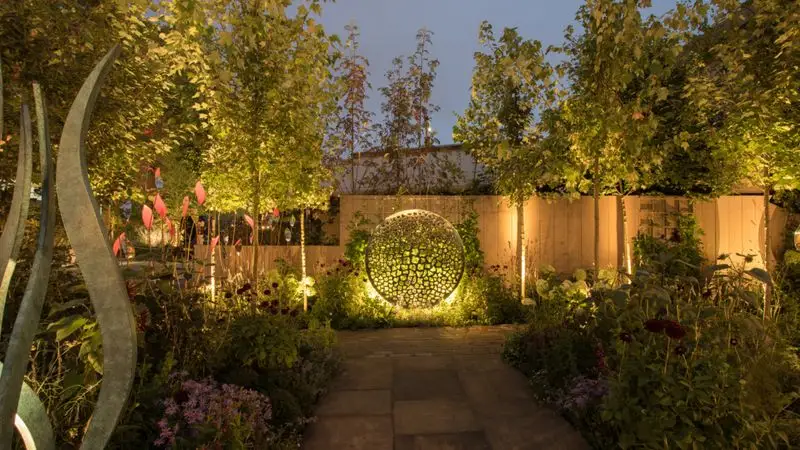
Proper lighting extends the usability of your garden into the evening, creating a magical atmosphere. Soft, ambient lighting can highlight pathways and key features while ensuring safety. Solar lights are eco-friendly and easy to install, offering a sustainable option. Consider using lanterns or string lights for a more whimsical touch. Focus on highlighting textures and colors to bring your garden to life at night. Lighting can also enhance privacy by subtly illuminating boundaries without being intrusive.
Natural Fencing
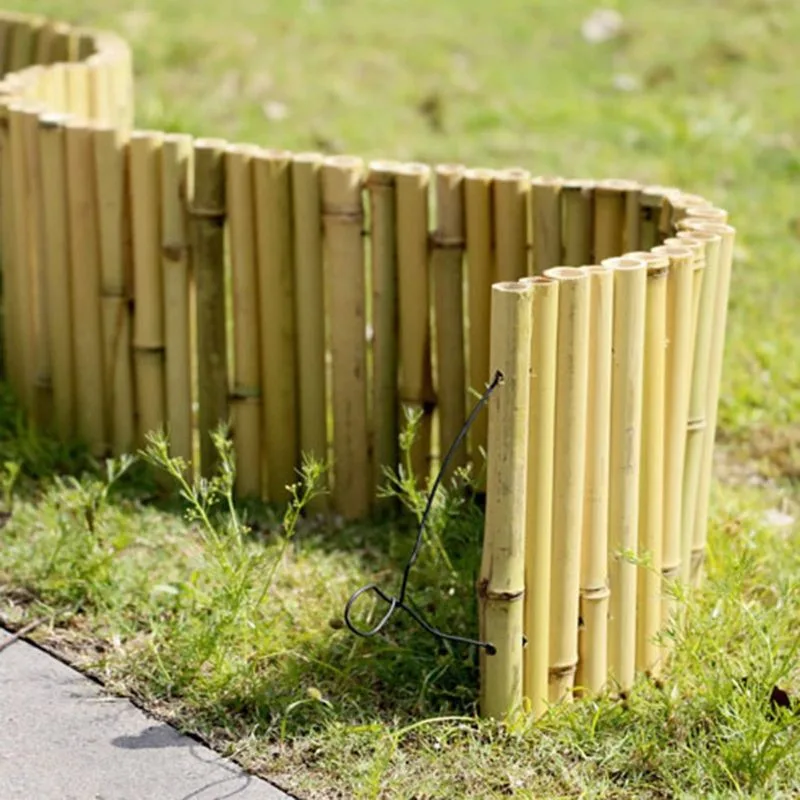
Natural fencing offers a rustic and eco-friendly alternative to traditional barriers. Using materials like tall grasses, bamboo, or woven willow creates a seamless transition between your garden and the surrounding landscape. This type of fencing not only provides privacy but also adds texture and movement with the wind. It’s important to consider the maintenance needs and longevity of the materials you choose. Combining different elements can create a unique and personalized look that complements the overall garden design.
Scented Plants
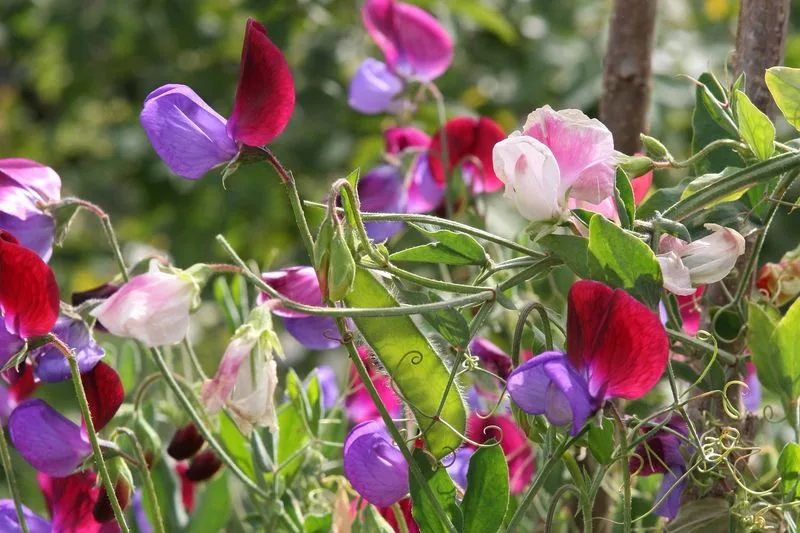
Fragrant plants can enhance the sensory experience of your garden, providing a soothing ambiance. Lavender, rosemary, and jasmine are excellent choices for their pleasing scents and attractive appearance. Plant them near seating areas or pathways to fully enjoy their aroma. Scented plants can also attract beneficial insects, promoting a healthy garden ecosystem. Be mindful of the plant’s growth requirements to ensure they thrive in your climate. Combining various scents can create a layered olfactory experience that enhances relaxation.
Privacy Screens
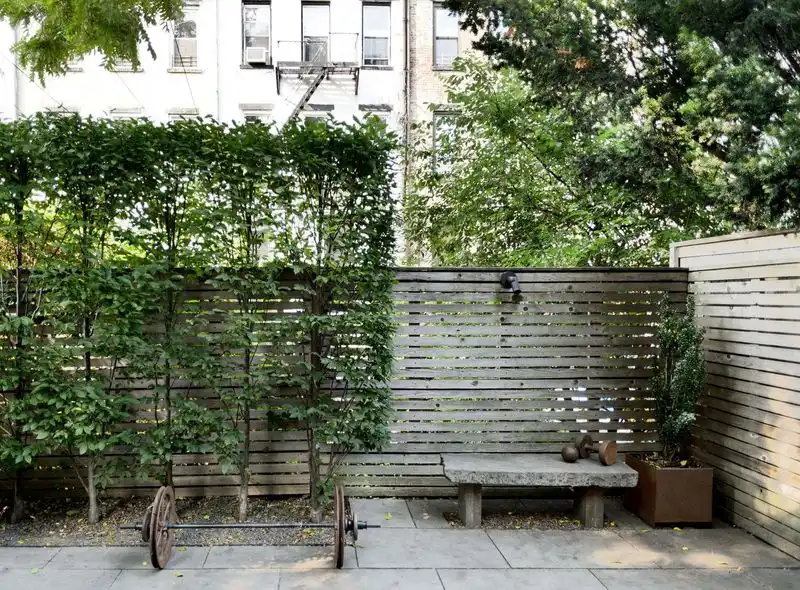
Privacy screens provide flexibility and style in creating secluded garden areas. Options like wood, fabric, or metal can suit various design aesthetics while ensuring privacy. They can be freestanding or integrated into existing structures. Using screens allows for adjustable privacy, accommodating changing needs and preferences. Consider screens with decorative cutouts or patterns to add visual interest. They can also serve as backdrops for plants or art, enhancing the overall garden ambiance. Choose weather-resistant materials for longevity.
Garden Pathways
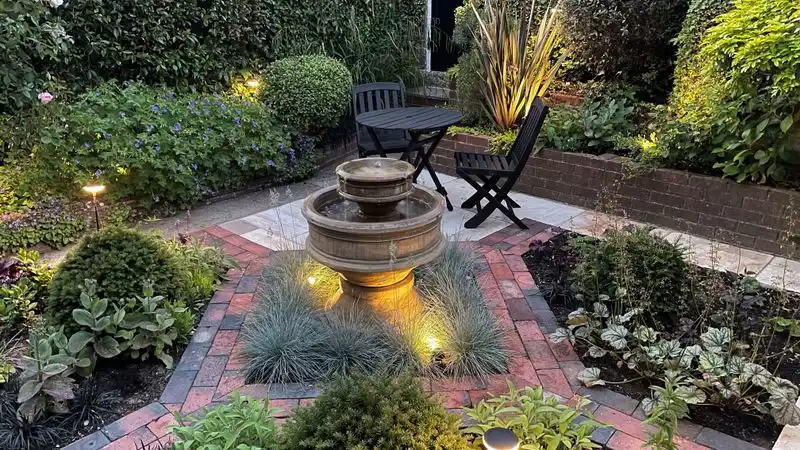
Pathways guide visitors through the garden, defining spaces and adding structure. Materials like stone, gravel, or wood chips offer different textures and aesthetics. Designing curved or meandering paths can create a sense of discovery and intrigue. Paths should be wide enough for comfortable passage and easy maintenance. Incorporating edging plants or low borders can add charm and keep paths tidy. Pathways not only connect different garden areas but also invite exploration and relaxation, enhancing the garden’s overall feel.
Outdoor Structures

Outdoor structures like gazebos, pergolas, or arbors can define spaces and offer sheltered areas for relaxation. They serve as focal points, drawing attention and creating distinct zones within the garden. Choosing materials and styles that complement the garden’s theme ensures cohesion. Structures can support climbing plants, adding vertical interest and privacy. Consider the size and placement to maximize their impact without overwhelming the space. These elements provide versatility, accommodating leisure activities or quiet retreats.
Wildlife-Friendly Features
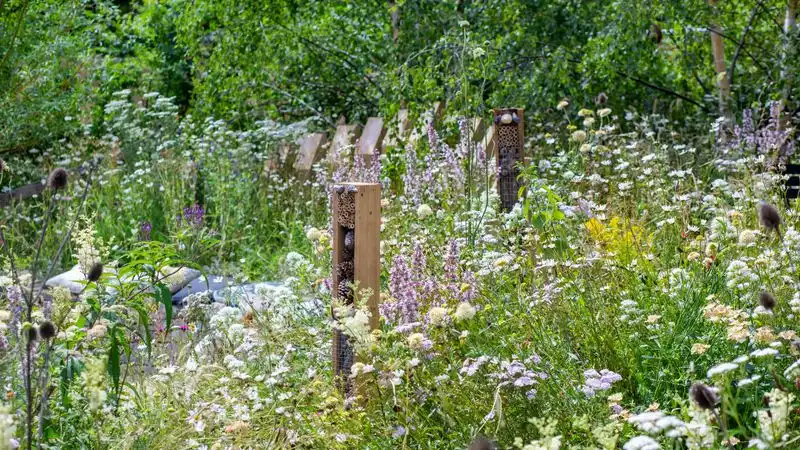
Encouraging wildlife can make your garden feel vibrant and lively. Bird feeders, butterfly baths, and native plants attract various creatures, contributing to a balanced ecosystem. These features not only provide enjoyment but also support biodiversity. Choose plants that offer food and habitat for local wildlife. Placing feeders near windows can offer close-up views, enhancing the garden experience. Wildlife-friendly gardens promote natural beauty and sustainability, creating a connection with nature that’s both educational and inspiring.
Zen Gardens
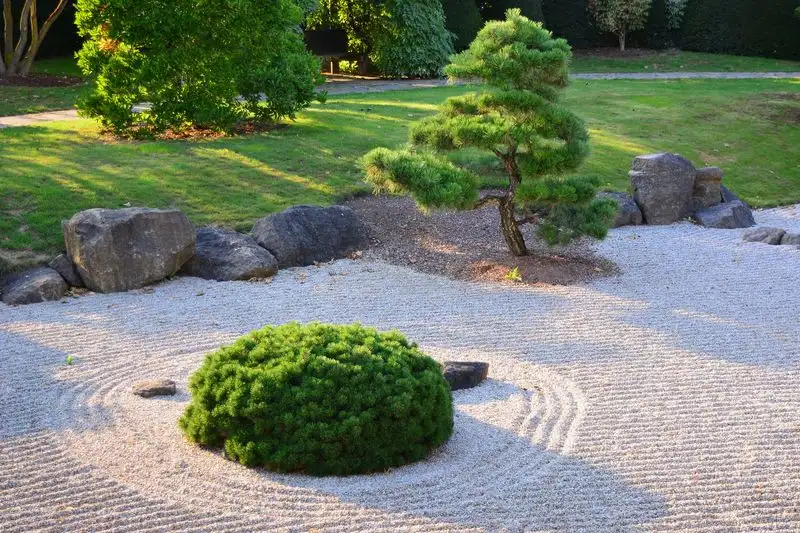
Zen gardens embody simplicity and tranquility through minimalist design. Using elements like raked sand, rocks, and few plants, they offer a space for meditation and reflection. The careful arrangement of these components creates a sense of balance and harmony. Zen gardens require minimal maintenance, focusing on the art of placement and texture. They can be small or expansive, fitting any space, and provide a peaceful retreat from daily stress. Incorporating water features or bamboo can enhance the calming effect.
Colorful Borders

Colorful borders bring vibrancy and charm, framing your garden beautifully. Selecting a mix of annuals and perennials ensures year-round interest and diversity. Consider color schemes that complement your garden’s theme for a cohesive look. Borders can define spaces, creating a visual transition between different areas. Regular deadheading and maintenance keep them looking fresh and inviting. Thoughtfully choosing plants with varying bloom times guarantees continuous color throughout the seasons, enhancing the garden’s appeal.
Edible Gardens
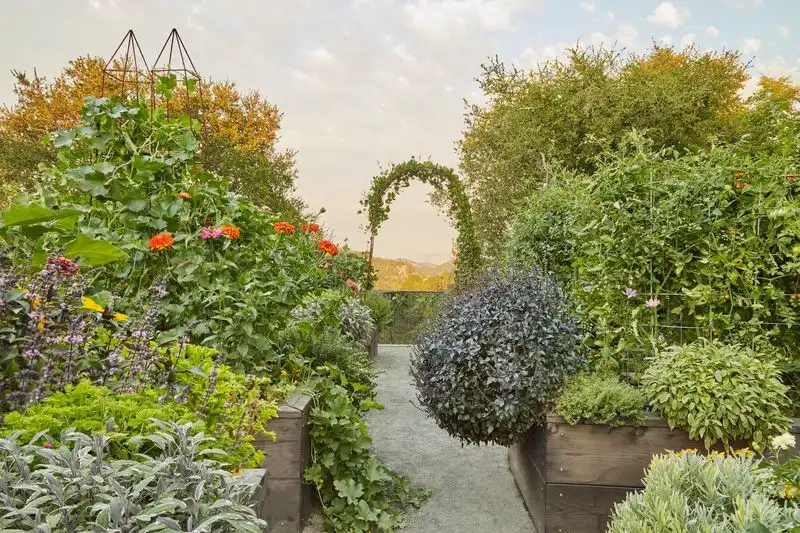
Combining beauty and function, edible gardens offer nutritious produce while enhancing the landscape. Raised beds are ideal for growing vegetables, herbs, and edible flowers, providing easy access and better soil control. Interplanting edibles with ornamentals creates visual interest and maximizes space. It’s important to consider the sunlight and water needs of each plant for success. Harvesting fresh produce adds an extra layer of satisfaction to your gardening efforts. Edible gardens are not only practical but also promote healthy eating and sustainability.
Artistic Elements
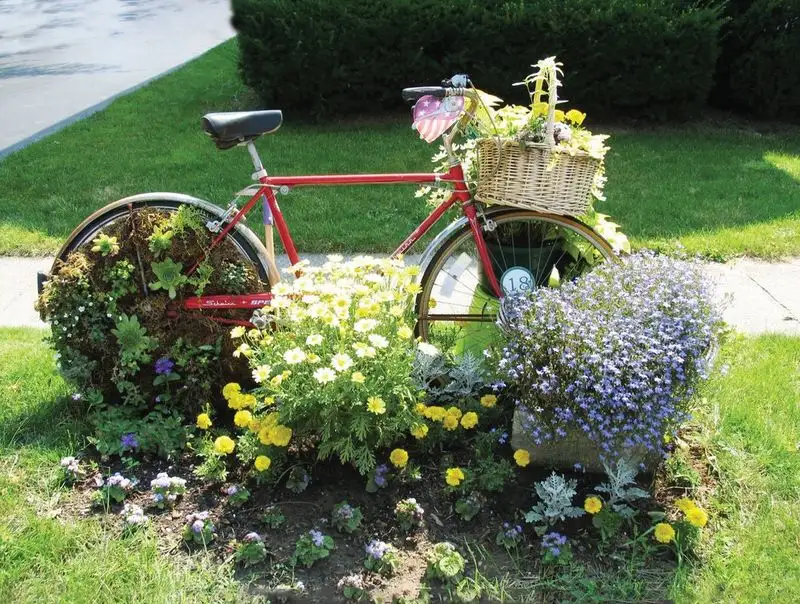
Incorporating art enhances your garden’s character, turning it into a personal expression. Sculptures, decorative stones, or mosaic features can reflect your taste and style. Placing art strategically ensures it complements the natural surroundings without overpowering them. The choice of materials and themes should resonate with the garden’s overall design. Artistic elements can serve as focal points, drawing attention and sparking conversation. They add depth and interest, transforming your garden into a unique and inspiring space.

